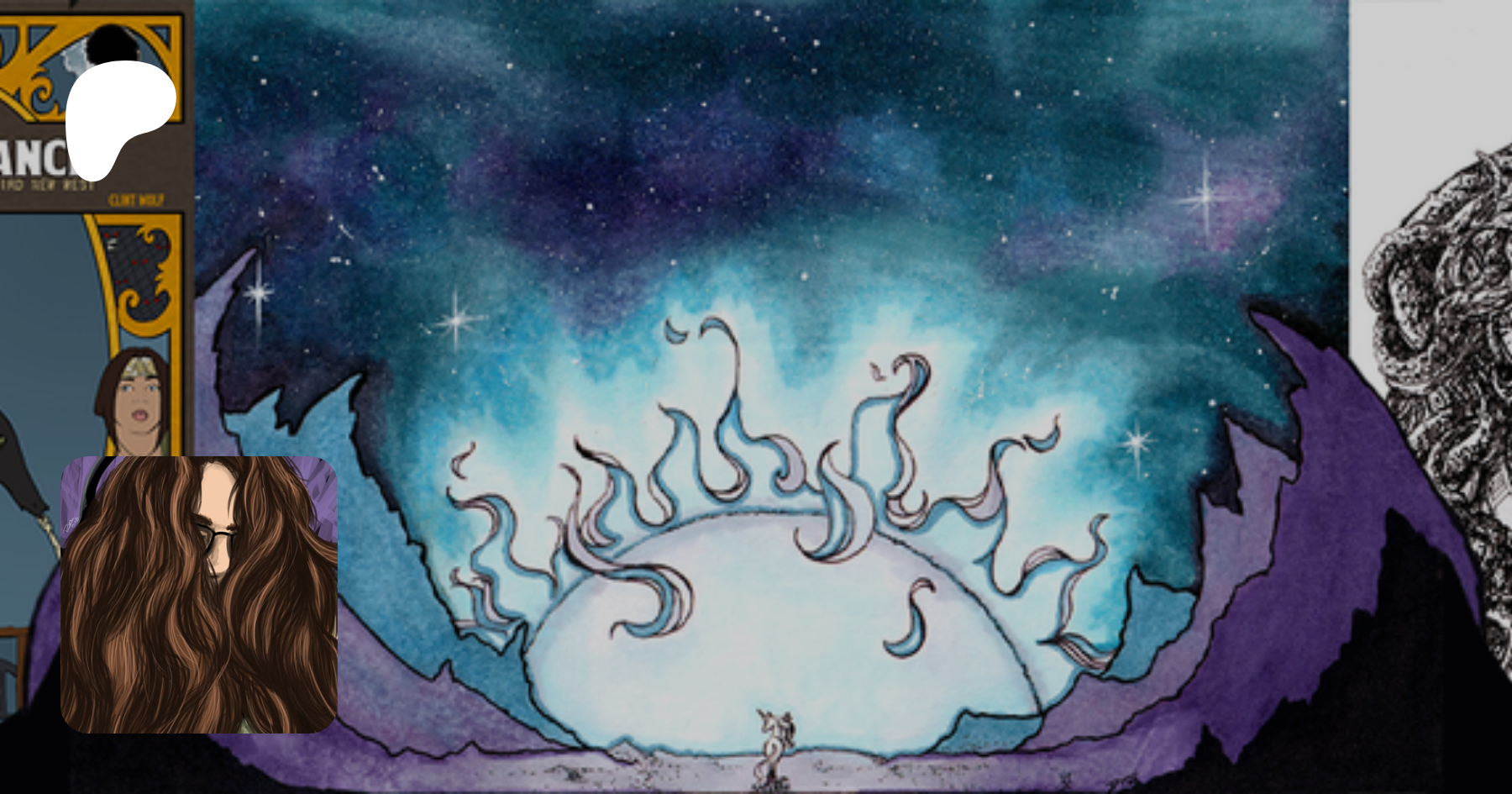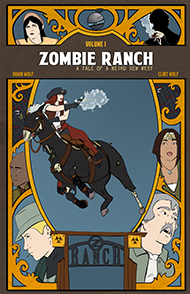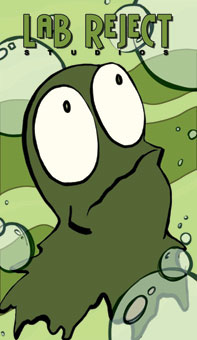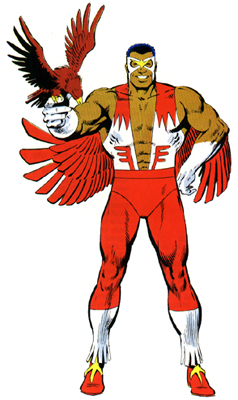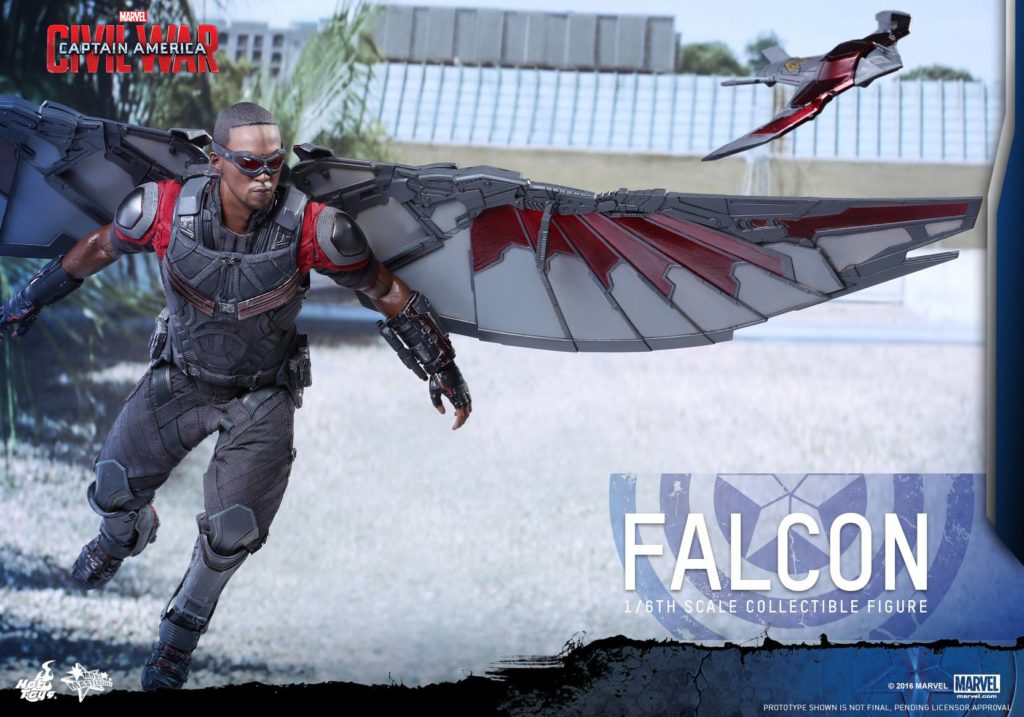I linked to my previous “symbols and characters” article just a couple weeks ago when talking about The Falcon, but I want to reference it again because it’s where I brought up the idea of plurality as an effective way to avoid the dangers of tokenism and superficiality in the case of minority characters. Put simply, it was the idea that while one woman in a group of men may end up defined first and foremost by the difference of her gender, and one black character in a group of whites may end up defined by their skin color, once you include more than one of them in your ensemble the audience will naturally begin to look deeper and suss out reasons why someone is interesting beyond just the fact that they stand out visually.
I included a quote from the late, great comics writer Dwayne McDuffie on the struggle that occurs when plurality is absent:
“My problem… and I’ll speak as a writer now… with writing a black character in either the Marvel or DC universe is that he is not a man. He is a symbol.”
McDuffie wasn’t saying he was incapable of writing a black character who wasn’t reduced to a symbol for all his race, he was I can’t help but think that if Dwayne McDuffie were alive today, he would have been delighted with the most visible example yet of plurality with black characters in the Marvel universe, which is of course the now billion dollar plus phenomenon of Captain America: Civil War. Not one, not two, but three black superheroes are present as key parts of the narrative, not the least of which is the Black Panther himself, warrior king of the technologically superior African nation of Wakanda. Adilifu Nama was fascinated by The Falcon as a kid because he was a black man who could fly. T’Challa the Black Panther and Wakanda represent a vision of a highly advanced, independent black culture that never suffered the yoke of European Imperialism. Heck even speaking from the standpoint of a white dude that’s a pretty fascinating concept to flesh out, and I can only imagine how cool it stands as escapist fantasy for the folks T’Challa more physically resembles.
More importantly though, if you happened to be a young black kid looking for reflections of yourself in the media, CA: Civil War gives you more than one hero to choose from. The quippy, quick-thinking Falcon, the stoic War Machine and the regal Black Panther are all present, and wonder of wonders they even have conversations about things other than being black, which has got to pass one of those Bechdel-esque tests Hollywood so often fails to clear the bar on. Early on in the film Sam Wilson (Falcon) and James Rhodes (War Machine) even debate each other on different sides of an argument, which is something that shouldn’t register as a significant thing but because of the last 100 years of film, it kind of is. Also significant was me going beyond the idea that two black men could disagree in a major studio production (that wasn’t all about being black) and thinking that both men were military veterans but were still coming to different, reasoned conclusions on the same subject due to their specific personalities, friendships, and life experiences. You know, like people would do.
Again, that really shouldn’t be a revolutionary thing, but here we are. Plurality has enabled three black characters to compare and contrast with each other and, by doing so, to show the person and not just the symbol. A lot of credit here is no doubt due to the influence of producer Nate Moore, who fell in love with characters like Falcon, Black Panther and Luke Cage back in his comics nerd youth and campaigned to bring them, fully realized, to the big screen. Who could answer the white screenwriters who questioned (as I would have) if people really cared about The Falcon with a resounding YES, and who, at least for this shining moment, has helped solve McDuffie’s riddle on symbol vs. character.
The example of Nate Moore also shows the importance of getting some diverse voices in the production staff and writing rooms. It’s not about shoving political correctness down our throats, it’s about enabling plurality, and by doing that better enabling the characters to show forth and letting the fantasies of humanity have a fuller spectrum of experience.
Now Zombie Ranch being the two-person team it is, I’m not necessarily able to practice what I preach here, but I will say that Dawn has occasionally provided some valuable input from the feminine side which has helped me write the ladies of the comic. Beyond that I just keep it in mind and try to do the best I can, but I’m glad to see more and more examples of plurality working out in practice on the larger stage.
